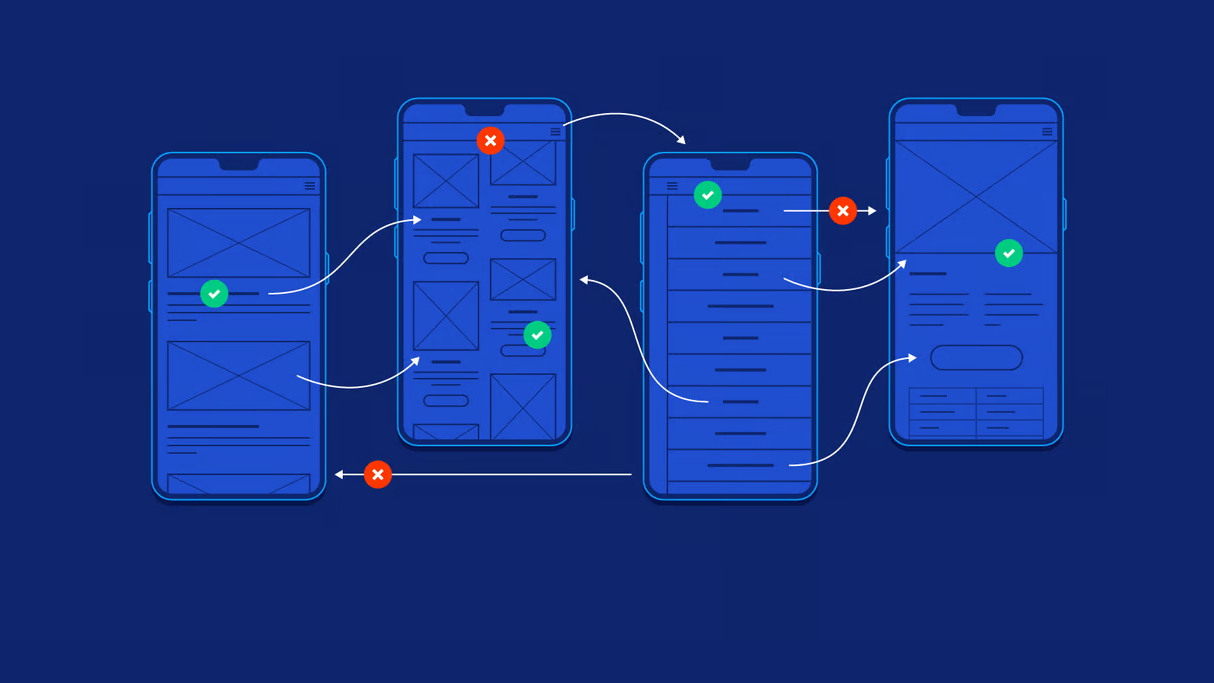The time it takes to build a mobile app and the associated costs can vary widely depending on several factors, such as the complexity of the app, the platform(s) it will be built for, the features required, the development team’s size and experience, and the location of the development team.

On average, building a mobile app can take anywhere from a few weeks to several months, depending on the above factors. A simple app with basic features may take around 4-6 weeks to build, while a more complex app with advanced features can take up to 6 months or more.
When it comes to the costs of building a mobile app, it also depends on several factors, including the development team’s location, experience, and hourly rate. On average, the cost of building a mobile app can range from tens of thousands to hundreds of thousands, or more, depending on the factors mentioned above.
Here are some typical costs associated with building a mobile app:
- Development team: The cost of hiring a development team to build a mobile app can vary depending on their location and experience. Developers in countries with lower labor costs may charge less than those in countries with higher labor costs.
- Features and functionality: The more features and functionality required in an app, the higher the development costs. Advanced features such as artificial intelligence, machine learning, and blockchain integration can increase the costs even further.
- Design and user experience: Creating a visually appealing and user-friendly app can also add to the development costs. Designers and UX experts are usually hired separately from developers, and their fees can also vary.
- Platform: Building an app for both iOS and Android can cost more than building an app for a single platform. This is because the development team will need to write separate code for each platform.
- Testing and maintenance: Testing and maintenance are ongoing costs associated with building a mobile app. It is essential to test the app thoroughly before launch and maintain it regularly to fix bugs and add new features.
React Native and Flutter are both popular mobile development platforms used for building native mobile apps, and we support both of those. While both have their advantages and disadvantages, there are some key differences between the two that developers should consider when choosing a platform.
React Native is an open-source framework developed by Facebook that allows developers to build native mobile apps using JavaScript and React. It allows developers to use a single codebase to create apps for both iOS and Android platforms. React Native has a large and active community, which means there is a lot of documentation and support available.
Flutter is an open-source mobile development framework developed by Google. It uses the Dart programming language and offers a wide range of customizable widgets, which makes it easy to create beautiful and responsive user interfaces. Like React Native, Flutter allows developers to build apps for both iOS and Android platforms using a single codebase.
Here are some key differences between React Native and Flutter:
- Programming language: React Native uses JavaScript, which is a popular and widely-used language. Flutter, on the other hand, uses Dart, which is a newer language that is not as widely used.
- User interface: Flutter offers a wide range of customizable widgets, which makes it easy to create beautiful and responsive user interfaces. React Native, on the other hand, uses a native UI rendering system, which means that the UI can sometimes be slower and less responsive than in Flutter.
- Performance: Flutter’s Dart language and widget-based architecture allows it to deliver high-performance apps, making it an ideal choice for building complex apps that require fast and smooth performance. React Native has a reputation for being slower than Flutter, especially when it comes to animations and complex UIs.
- Development tools: Both platforms have their own development tools. React Native uses tools such as Expo, React Native CLI, and React Native Debugger, while Flutter offers tools such as Flutter SDK, Dart DevTools, and Flutter Inspector.
- Community support: React Native has a larger community and more resources available, making it easier to find solutions to problems and get support. Flutter, on the other hand, has a smaller community but is growing rapidly.
In conclusion, both React Native and Flutter are powerful mobile development platforms that offer a wide range of features and tools for building native mobile apps. The choice between the two depends on the specific needs of the project, including the programming language, user interface, performance, development tools, and community support.
